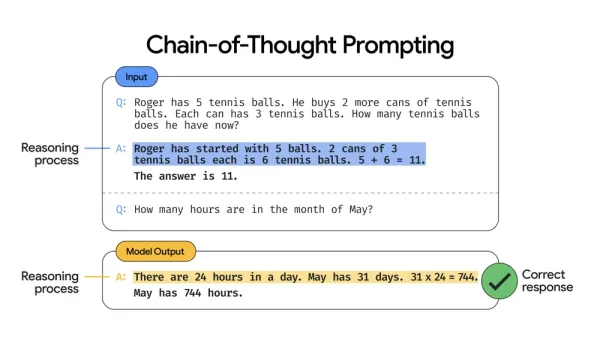Intro into Langchain and why you should use it
LangChain makes it easy to build apps that use Large Language Models (LLMs) to do cool things.

With increasing number of open-source language models, also increases the desire for flexibility because LLM is rigid in its original form and only works efficiently on certain architectures. To increase the flexibility so that more applications can use it Langchain is developed.
What is LangChain?
LangChain is a Python framework for building applications that communicate with Large Language Models (LLMs). It provides a simple and intuitive API that makes it easy to chain together a sequence of tasks, such as text generation, translation, and question answering.
Getting Started
To get started with LangChain, you will need to install the following dependencies:
pip install langchain
pip install openaiYou will also need to create an OpenAI API key. You can do this by visiting the OpenAI website: https://openai.com/.
Simple Example
Here is a simple example of how to use LangChain to generate text:
from langchain import Chain
chain = Chain(
generator=openai.GPT3,
prompt="Write a poem about love.",
)
result = chain.run()
print(result)
This code will create a chain that uses the OpenAI GPT-3 language model to generate a poem about love. The prompt parameter specifies the text that the model will be given as input. The run() method will execute the chain and return the output of the model.
Possibilities
With LangChain, you can experiment with a wide variety of possibilities. Here are a few examples:
- Text generation: Generate text, such as poems, code, scripts, musical pieces, email, letters, etc.
- Translation: Translate text from one language to another.
- Question answering: Answer questions posed in natural language.
- Summarization: Summarize text into a shorter, more concise form.
- Code completion: Complete code snippets.
- Chatbots: Create chatbots that can hold conversations with humans.
Alternatives
There are a few other frameworks that can be used to build applications with LLMs. Some of the most popular alternatives include:
- Hugging Face Transformers: A popular library for working with LLMs. It provides a wide variety of pre-trained models and a simple API.
- Rasa NLU: A framework for building natural language understanding (NLU) applications. It can be used to extract information from text and respond to user queries.
- Amazon Lex: A cloud-based service for building chatbots. It provides a variety of features, such as natural language understanding, dialog management, and text-to-speech.
Comparison
LangChain, Hugging Face Transformers, Rasa NLU, and Amazon Lex all have their own strengths and weaknesses. Here is a brief comparison of the four frameworks:
| Framework | Strengths | Weaknesses |
|---|---|---|
| LangChain | Simple and intuitive API. Supports a wide variety of tasks. | Not as mature as some of the other frameworks. |
| Hugging Face Transformers | Wide variety of pre-trained models. Well-documented and easy to use. | API can be complex for some tasks. |
| Rasa NLU | Powerful NLU capabilities. Can be used to build complex chatbots. | Not as flexible as some of the other frameworks. |
| Amazon Lex | Cloud-based service. Easy to deploy and manage. | Can be expensive. |
The best framework for you will depend on your specific needs and requirements. If you are looking for a simple and intuitive API that supports a wide variety of tasks, then LangChain is a good option. If you need a framework with powerful NLU capabilities, then Rasa NLU is a good choice. If you are looking for a cloud-based service that is easy to deploy and manage, then Amazon Lex is a good option.
Conclusion
LangChain is a powerful framework for building applications with LLMs. It is simple to use and supports a wide variety of tasks. If you are looking to build an application that uses LLMs, then LangChain is a good option to consider.




